Forensic Case Files: 9/11—Postlude
/First of all, for those that might not have seen the news, we’re now officially contracted once again with Five Star. The second full length book in our Abbot and Lowell forensic mystery series—A FLAME IN THE WIND OF DEATH—is scheduled to release in early May, 2014.
And now, onto this week’s blog post…

Over the past three weeks, we’ve covered the 9/11 World Trade Center tragedy from a forensics point of view—how to handle a mass fatality, how to identify human remains following such an incident, and the challenges investigators have faced in identifying the dead from that day. We thought the series was complete with those three posts until last Friday when a news story broke, reporting on a piece of a Boeing 767 found three blocks from the World Trade Center. Originally thought to be part of the landing gear assembly, it is, in fact, the trailing edge flap support structure in the wing. The 5’ x 3’ x 17” piece was wedged into the 18” gap between a loft apartment building and a Muslim mosque, behind a gate, out of sight from the sidewalk, ensuring it remained undiscovered.
It was a stark reminder that even though September 11 happened nearly 12 years ago, it remains relevant to this day and the search is far from over.
The part was found purely by chance—a building inspector was on the roof and spotted it between the buildings from above. He called 911 and the NYPD responded, immediately cordoning off the area and later designating it as a crime scene. Police will investigate to ensure the piece wasn’t placed there deliberately, and the Medical Examiner’s office will do a toxicity screen and then determine if any human remains are associated with the site. Despite an identification number stenciled into the metal, Boeing has stated that it cannot trace where the piece originated.
The real question is how did the part get there? Because of the rope wound around one end of the piece, police are investigating whether it could have been lowered down into the gap. But what would be the intent behind such an act? Assuming the part did indeed come from one of the two doomed aircraft (not many people would be able to obtain parts from a 767, after all), it landed in that area eleven and a half years ago. It is possible that someone found the piece on the roof and then attempted to hide it between the buildings, but it would be a futile act considering all the other airplane debris in the area. If it was placed there in hopes of being found more quickly, then the wrong area was picked as it lay unnoticed for over a decade. If a recovery team had attempted to lift if from the roof and accidentally dropped it between the buildings, it would have been reported at the time. Conspiracy theorists may try to come up with alternative ideas, but what makes the most sense is the initial conclusion the inspector and most others came to—the piece landed there following the crash that fateful day.
 It’s true that the statistical odds of the piece hitting in the exact orientation to fall between the two buildings and not bounce to an adjacent roof is extremely small. In fact, a piece of the landing gear went through the roof of the building next door to this current site. So while it’s hard to fathom the chances of a piece of that size landing as neatly as it did, it’s not impossible. Based on data included in a 2002 FEMA report (see the illustration to the right), this new evidence was discovered very near the ‘landing gear’ on the lower right of the diagram which came from United Airlines Flight 175 after it hit the south tower. It’s most likely that this piece also came from the same plane, simply from a physics standpoint of mass, velocity and inertia.
It’s true that the statistical odds of the piece hitting in the exact orientation to fall between the two buildings and not bounce to an adjacent roof is extremely small. In fact, a piece of the landing gear went through the roof of the building next door to this current site. So while it’s hard to fathom the chances of a piece of that size landing as neatly as it did, it’s not impossible. Based on data included in a 2002 FEMA report (see the illustration to the right), this new evidence was discovered very near the ‘landing gear’ on the lower right of the diagram which came from United Airlines Flight 175 after it hit the south tower. It’s most likely that this piece also came from the same plane, simply from a physics standpoint of mass, velocity and inertia.
More details will be released as they come to light, but families of survivors are now calling for a full search of lower Manhattan to ensure that no other parts or remains stay undiscovered. Each time a new discovery is made, it pulls the families of the lost back into the past, opening old wounds. If there is any hope of moving on, all remains and debris must be recovered. The dead will not be forgotten, but we owe it to them and their families to finally lay them to rest.
Photo credit: New York Police Department and FEMA


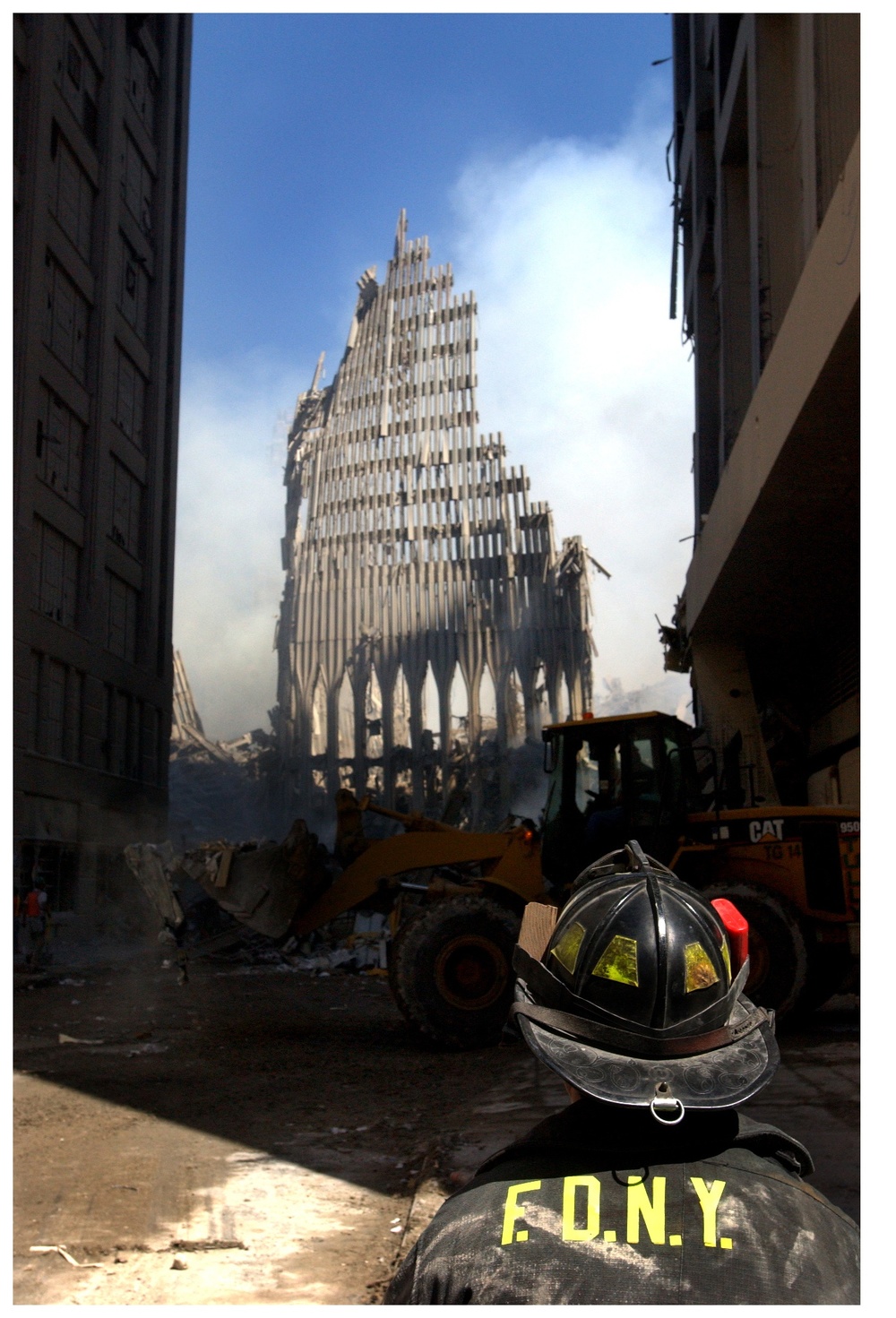

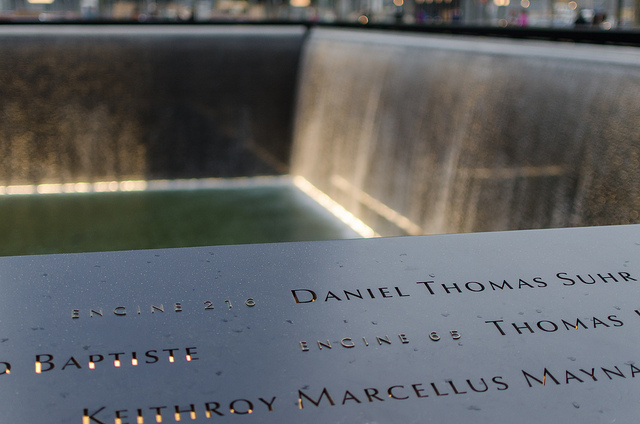





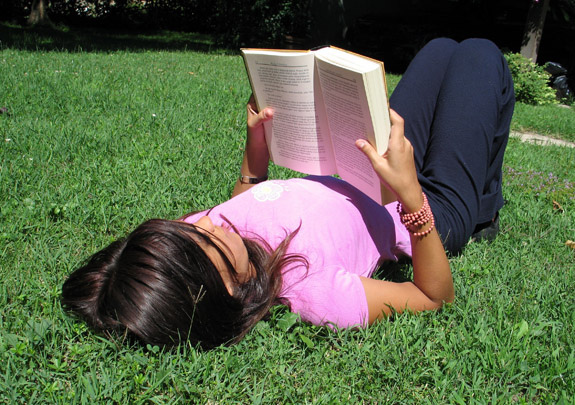






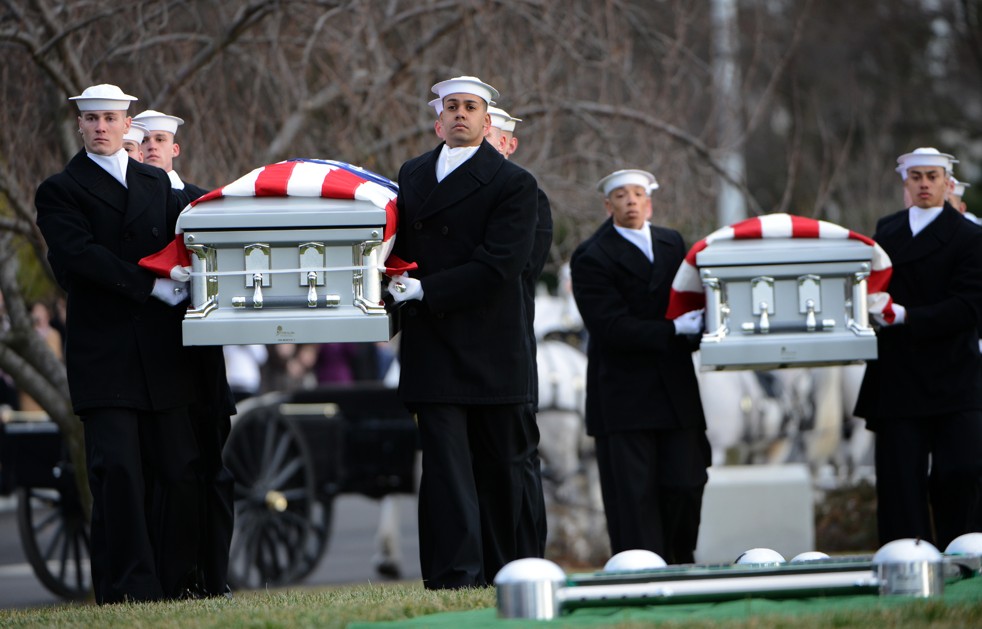








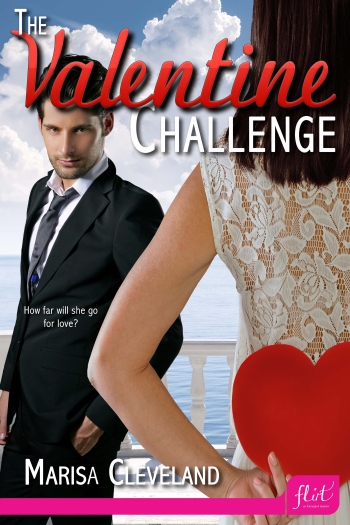





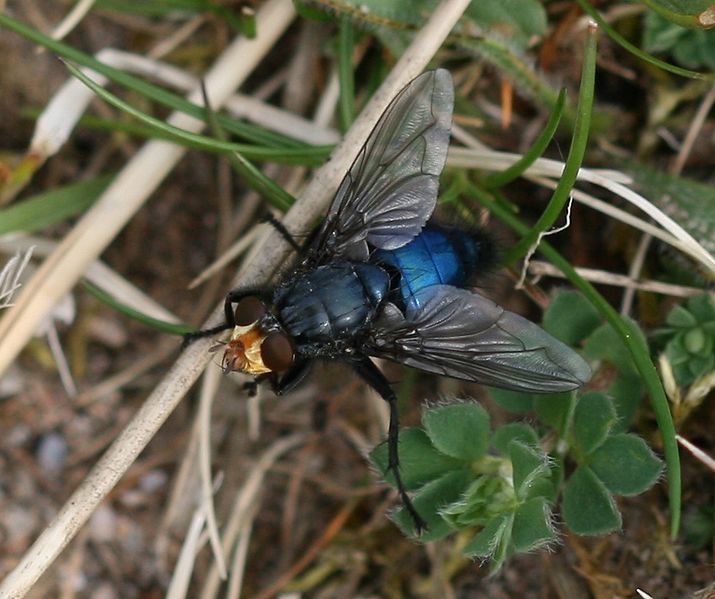









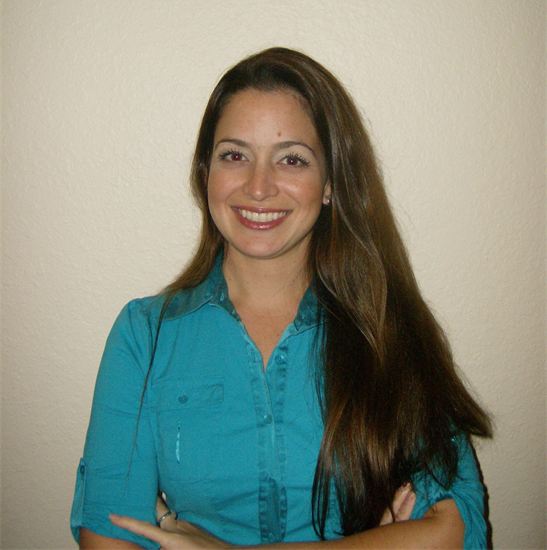



 0.7%
0.7%